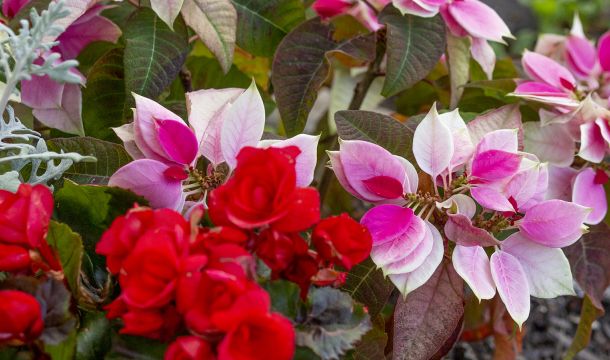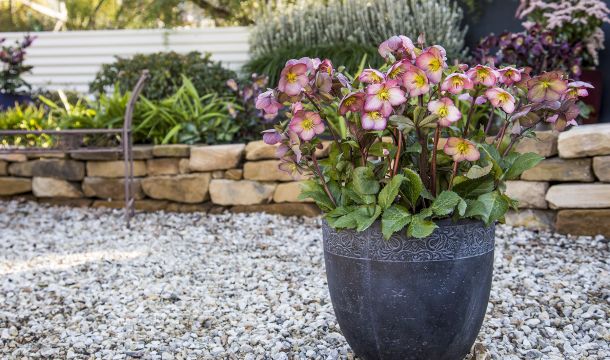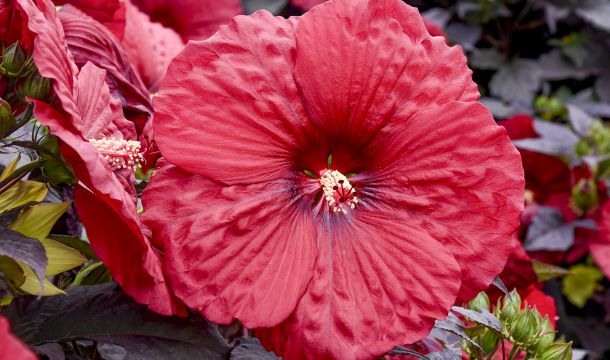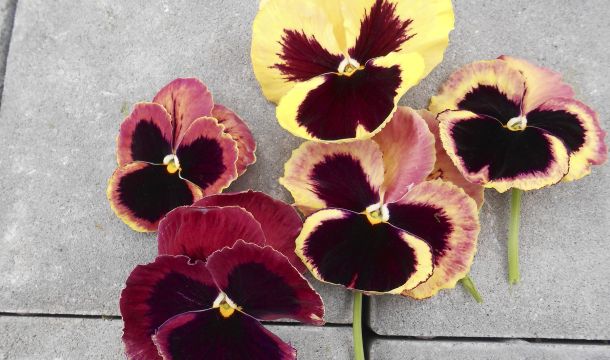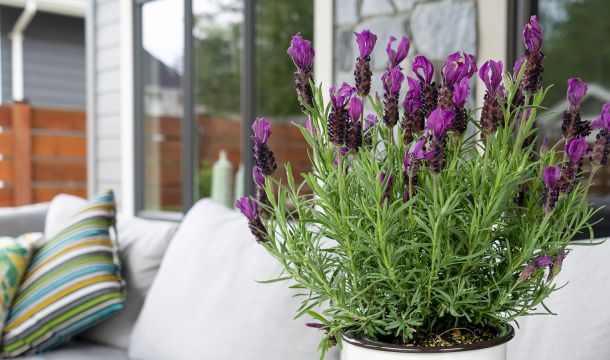The High End of Hellebores
A curious crop ships at a finishing nursery in Connecticut: the Hellebores. A 1G pot sells at a greater wholesale price than their 2G Peonies, making the Hellebores the most expensive single item they ship. Even so, the owners need to ration the number per color to avoid being stripped of inventory quickly. Buyers often order the max number per color, then queue their prebooks for next year’s order.
In this case the crop is the Ice N’ Roses series from Heuger. Premium garden centers crave outstanding drama when they open for their early bird/early spring/Easter business and Ice N’ Roses appears in March and April. Blossoms lift their heads up and last a long time in dark rich colors, fancy pastels, and showy doubles. The colors match the tags and they handle freezes down to 20°F in short periods. Retail prices line up with other garden queens like Peonies, Roses, and flower bearing shrubs, and deer give them a wide berth.
Best feature for the nursery? The crop blooms nearly 100% at time of shipping.
The HGC Ice N' Roses series is known for their heavy flowering, deep rich colors and a good set of bicolors. The European breeder Heuger supplied these photos because I don't have shots in my collection yet. Curious bears who hibernate late in March miss their chance. Grrr.
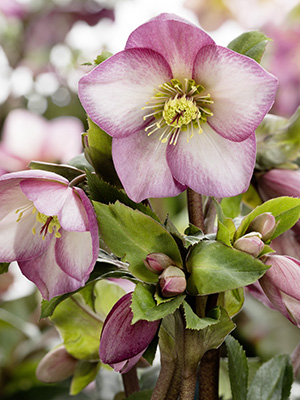 |
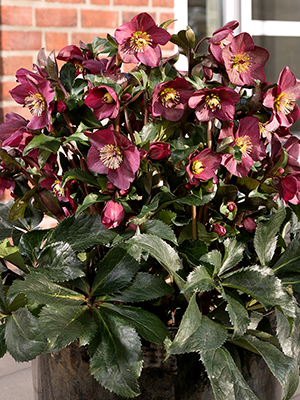 |
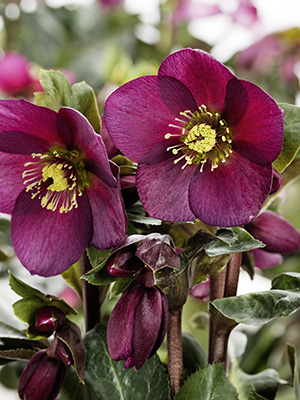 |
| HGC® Ice N' Roses® Rose |
HGC® Ice N' Roses® Red | HGC® Ice N' Roses® Red |
A Tight Supply Chain
Industry talk compares the merits of niger (Christmas-leaning) and orientalis (Easter-leaning) cultivars, but series like Ice N’ Roses and its competitor, FrostKiss, are hybrids of several different species. Once that singular specimen is selected, cloning by tissue culture (TC) delivers predictability. That is TC’s greatest strength.
Several high quality seed varieties do exist, like the Brandywine and Pine Knot material. Seed, however, has wide variations in color, form, and blooming schedule. Also, don’t expect a big price break.
Heck, look at the cell prices for a grandaddy like 'Ivory Prince', the original TC cultivar that made Hellebores respectable for commerical production two decades ago. Creamy flowers, consistent crop, and reliable performance have cemented it as the category’s tentpole despite similar stories for price and inventory.
Simply put, Hellebores don’t scale, and the slowboat nature of their growth keeps prices high, seed or TC. Schedule about 12 to 14 months to cook a crop from plug to prime retail. If you produce liners, plan about a year. Typically, Hellebore growers place the next order before the current order is ready to ship.
The other cost driver is labor. Some growers think Hellebores are easy, but others talk about their need for attention. I think both are true. Hellebores lope along a definite protocol, and you need to remember it over 12 months or so. This is an easy set of tasks for facilities familiar with longer cadences from other slow-grow material. Like your crops hot and fast? Walk on by.
A tight focus on early spring flowers presents a challenge. Europeans have a bigger and broader season because they like the Christmas Rose and the Lenten Rose, decor products to plant later. Americans don’t have that tradition. Here Hellebores perform best with the early spring market, so the crop has to be well-aimed to hit a precise spot on the calendar. Impossible? Hardly. Just ask the Poinsettia and Easter Lily growers—but the crop grows out the Hellebore way.
The Frostkiss series has the innovative marbling in the leaves, most vivid when they emerge from the ground. You can tell the color of the flowers by the tint of the veining. When the Hellebore flowers, the effect has aged to an aggressive veining.
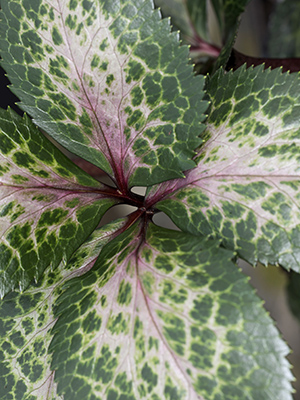 |
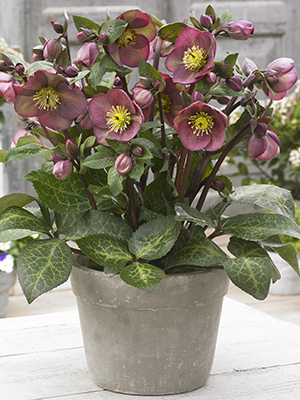 |
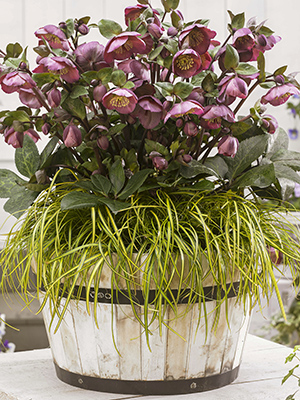 |
| Frostkiss 'Pippa’s Purple' emerging |
Frostkiss 'Pippa’s Purple' flowering | Frostkiss 'Penny’s Pink' over Carex |
Market Opportunities
I believe the challenges present an opportunity. Firms up and down the supply chain deal with similar issues for other expensive, unconventional crops so those who take on Hellebore’s quirks have a market largely to themselves.
Hellebores work best for garden centers already comfortable with slow-grow/high price garden products, in other words high-end establishments. All major metro areas have them. Hellebores deliver three key features important to high-end clients: early spring drama, an extremely long lifespan, and a knack for repelling deer. This is a powerful combination that makes them worth the investment.
Innovation in the category keeps the investment value high. A peek into the future can be seen in some of the Frostkiss. Leaves have a marbled effect, most vivid when emerging and aging to enhanced veining when the flowers pass by. The other news is heat tolerance. Ice N' Roses pushes good Hellebore gardens further south with stronger tolerance for summer heat.
Other possible clients are commercial accounts like golf courses, entertainment venues, hospitality centers, corporate plazas, city stadiums and similar big vista locations. They need not be famous places, just those with high numbers of visitors who expect the grounds to look attractive. For example, zoos don’t need gardens, but they have them for this very reason.
Locations like these sometimes look at capital-intensive but maintenance-free installations. Their high visitor counts mean the place should look gorgeous, but public vistas are often vulnerable to nearby deer populations. Management prefers not to burden the maintenance staff, cranking up the payroll. Instead they can write off the once-and-done installation as capital depreciation.
The waxy long-lasting flowers and rugged stems of Hellebores also find their way into high-end cut flower work. One trend can be found at 3 Porch Farm in Georgia. They offer a Spring weekly or bi-weekly flower subscription service that includes Hellebores. Click into one of their offerings to see the total mix, and there they are.
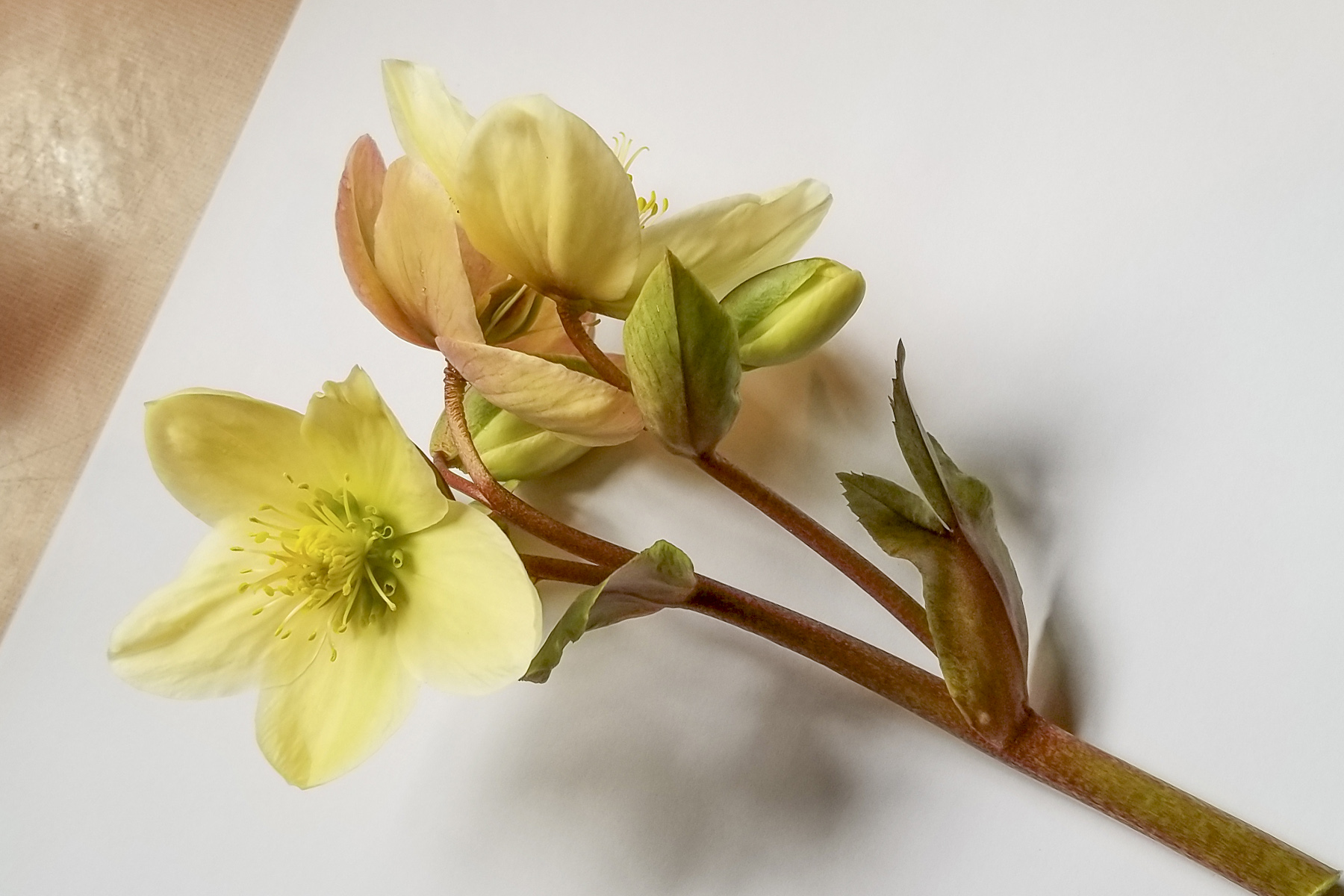
Hellebores for Planners
Hellebores are the domain of planners who place their orders early. That’s the Hellebore way. The crop likes to march to a long-term plan. Personally, I don’t see Hellebore-mania behaving like a fad. The premium nature of Hellebores will last for a while because they cannot surge quickly in the face of demand.
It takes two years for boosted orders to reach the TC labs, then two years for the adjusted numbers to flow back to the market as retail ready product. Sure, growers try to predict but they don’t lean into this style of betting. At these prices, trashing extra Hellebores is just not done, so the horticultural channel is naturally shaped to keep Hellebores scarce and premium.
Popular Articles
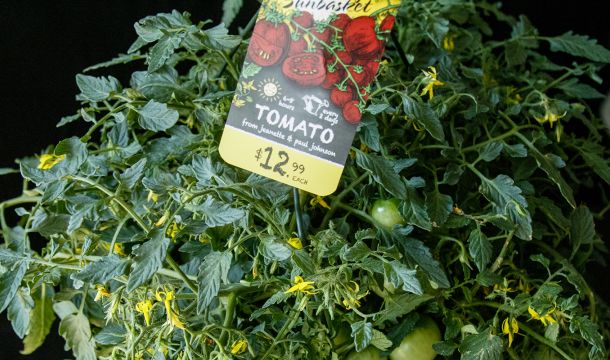
Trialing Edible Baskets

The Arthouse Expansion of Agastaches
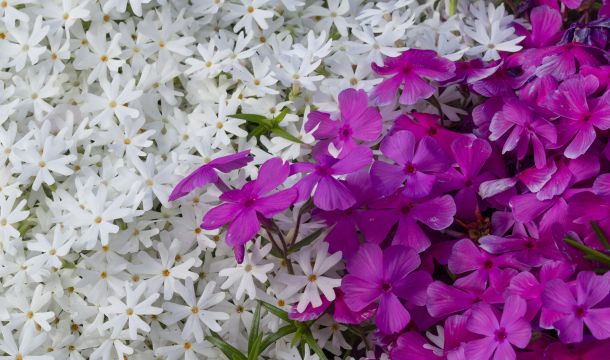
The Strengths Behind Phlox Subulata
